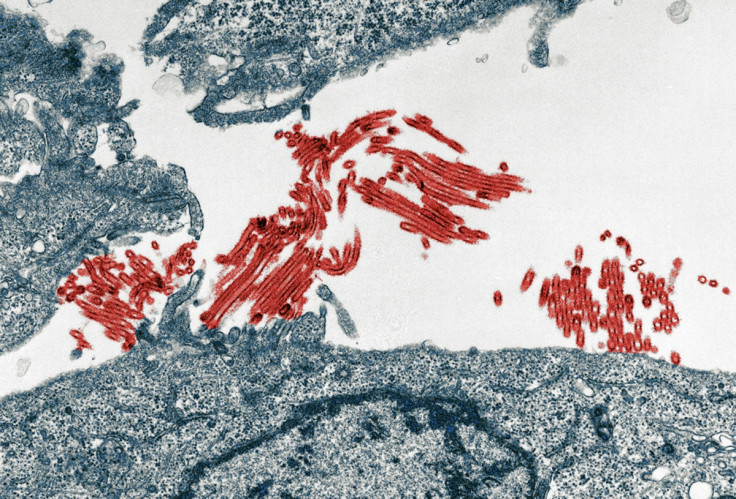Swine flu outbreak kills 200 as it spreads to eastern Europe

Outbreaks of swine flu have killed more than 200 people across six countries over the past couple of months, sparking fears a new pandemic. The H1N1 virus that caused global panic in 2009 has been blamed for deaths in Iran, Russia, Armenia, Georgia, Ukraine and Kazakhstan.
In Armenia schools have remained shut after the end of Christmas holidays as authorities try to contain the virus that has killed 18 people since the beginning of the year. On 21 January the health ministry ordered another week's closure, also banning military personnel from leaving their units until the outbreak is over.
On the same day neighbouring Georgia confirmed three men from the west of the country have died of the disease over the past three weeks. "In January 2016, three death cases caused by the H1N1 virus were confirmed by laboratory tests," said Amiran Gamkrelidze, head of the country's National Centre for Disease Control and Public Health, while playing down risks of mass contagion, Retuers reported.
Russia has experienced 14 lethal swine flu cases since December, while the virus has killed more than 50 people at the border in Ukraine. Kazakhstan has reported its first swine flu death on 19 January.
The worst affected country so far has been Iran. At the end of December the health ministry said more than 100 people had died from swine flu. "About 1,190 people have been diagnosed with the (H1N1) virus and hospitalised" and "the death toll has reached 112", a health ministry official told state news agency IRNA.
Authorities in the affected countries reassured they were working to contain the disease. In many cases victims suffered from complications and had been late in seeking medical help. In 2009, a pandemic of H1N1 virus killed more than 18,000 people across the globe.
© Copyright IBTimes 2025. All rights reserved.






















